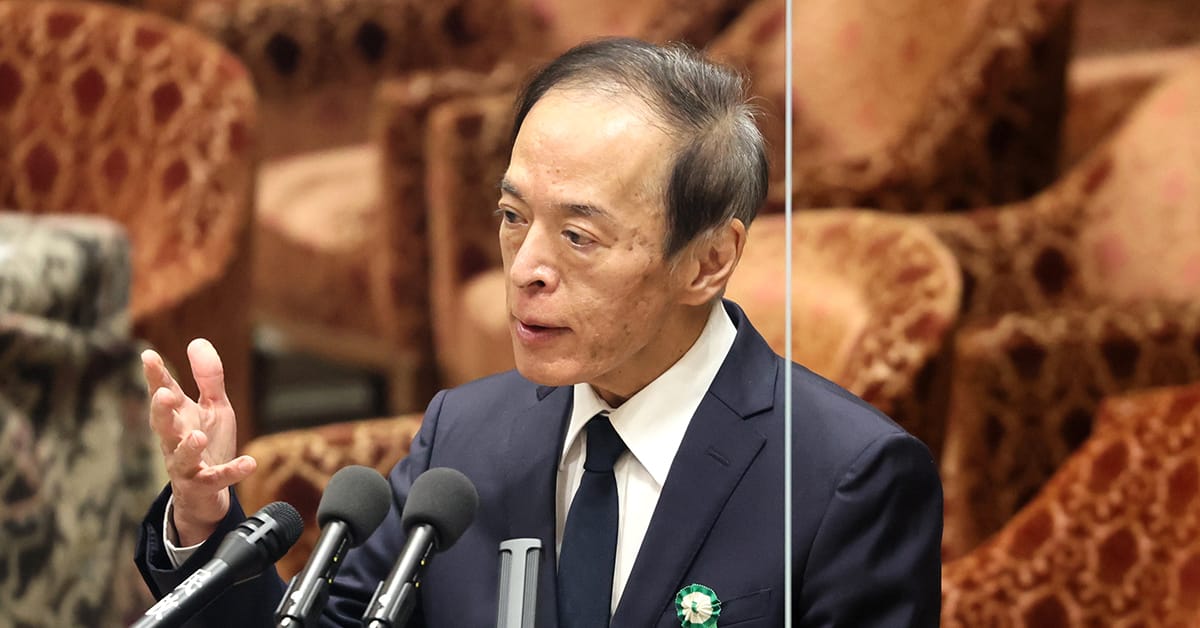Kazuo Uedawill have his plate full when he takes over in the spring, with the market keen to see whether—and how soon—he will deviate from his predecessors controversial policies.

On February 10, Japanese Prime Minister Fumio Kishida nominated Kazuo Ueda as the next Governor of the Bank of Japan (BoJ). Ueda is set to take over from Haruhiko Kuroda, whose reign at the top of the central bank comes to an end April 8.
The governor-nominee will have his plate full when he takes over in the spring, with the market keen to see whether—and how soon—he will deviate from some of the outgoing Kuroda’s more controversial policies. Masamichi Adachi, Japan Chief Economist at UBS, sees a balance between a hawk and a dove in Ueda.
Under Kuroda, the BoJ oversaw monetary easing leading to the central bank being the largest holder of Japanese government bonds, buying large amounts of domestic ETFs, and implementing a controversial yield-curve control program. And that’s not to mention short-term negative interest rates.
Although these policies led to a tripling of share prices, one side effect was increasing debt and, in part, devaluing the Japanese currency—the yen fell to a 32-year low against the dollar last fall.
Ueda is expected to veer from Kuroda’s path slowly. Nonetheless, he called it “appropriate” to continue monetary easing—albeit with a sharp eye for side effects during a February 24 session of the Diet’s lower house.
As the BoJ’s target of 2% inflation is approached—towards year’s end, according to some predictions—Ueda is prepared to shift. “If it does reach a phase of 2%,” Ueda told the lower house, “I believe that it is my responsibility to ensure that normalization is carried out at the right time.” If target inflation seems difficult, however, “We will take steps to continue some form of monetary easing while mitigating side effects,” he added. “I believe that it is my greatest mission to make sure that such decisions are not made incorrectly.”



